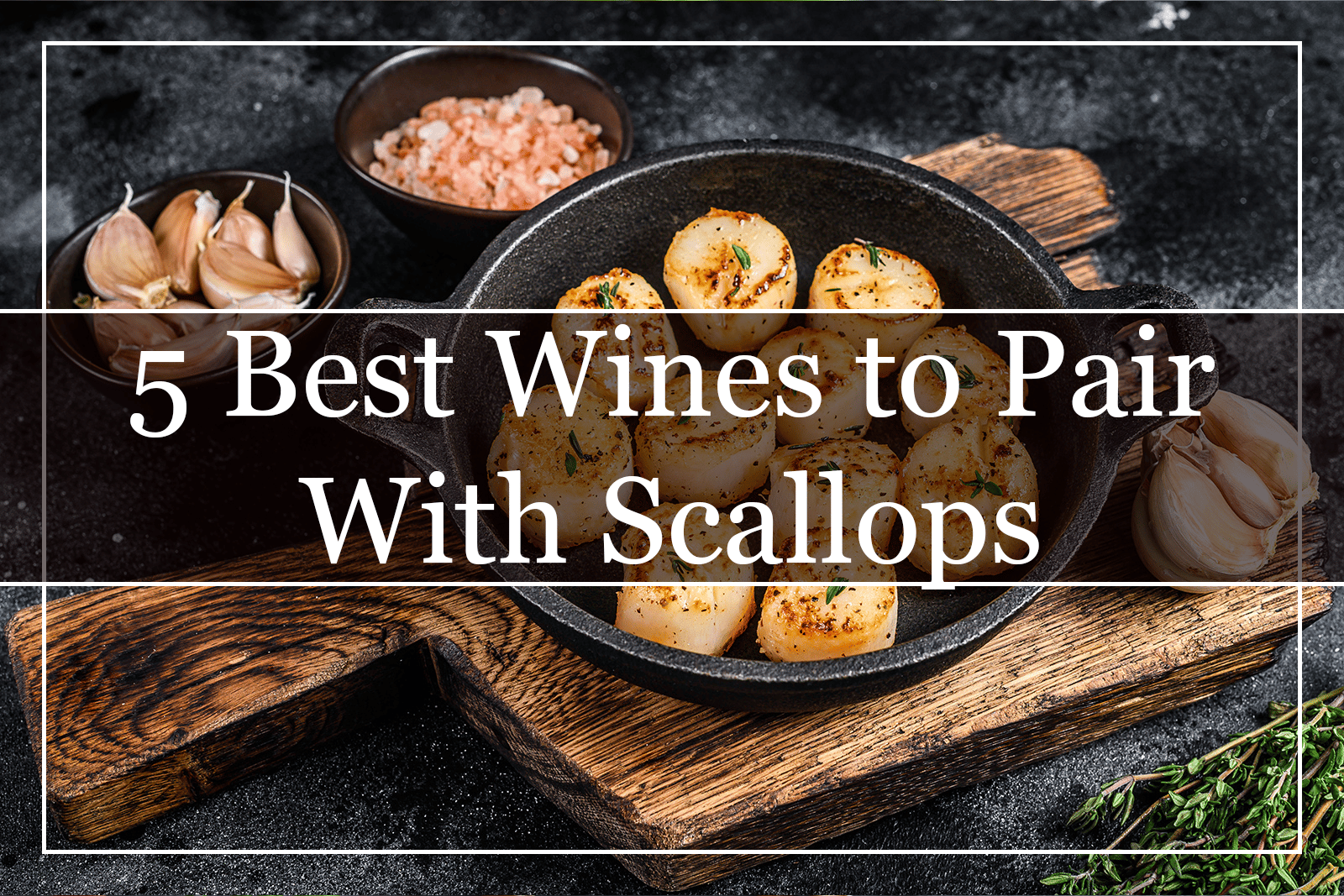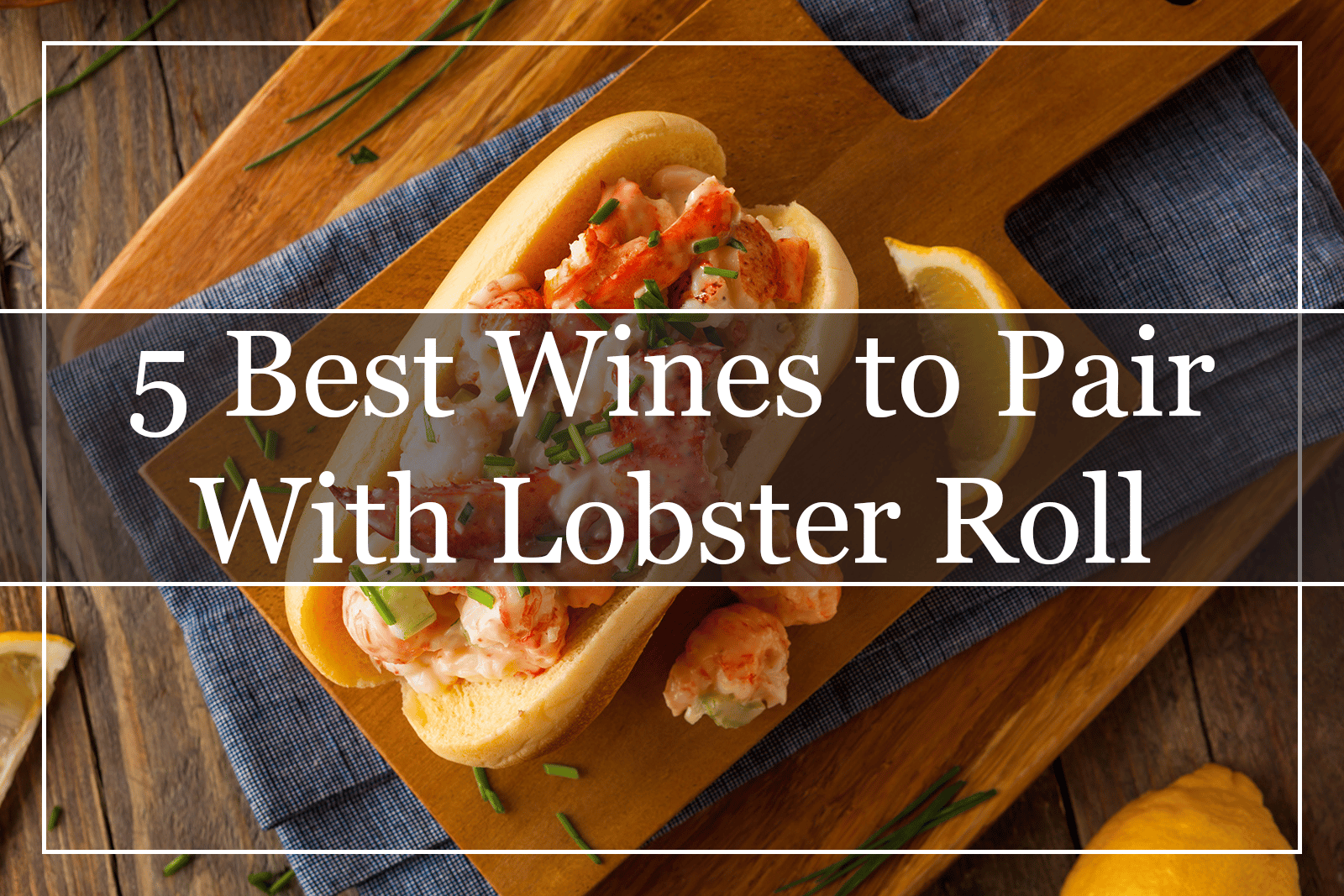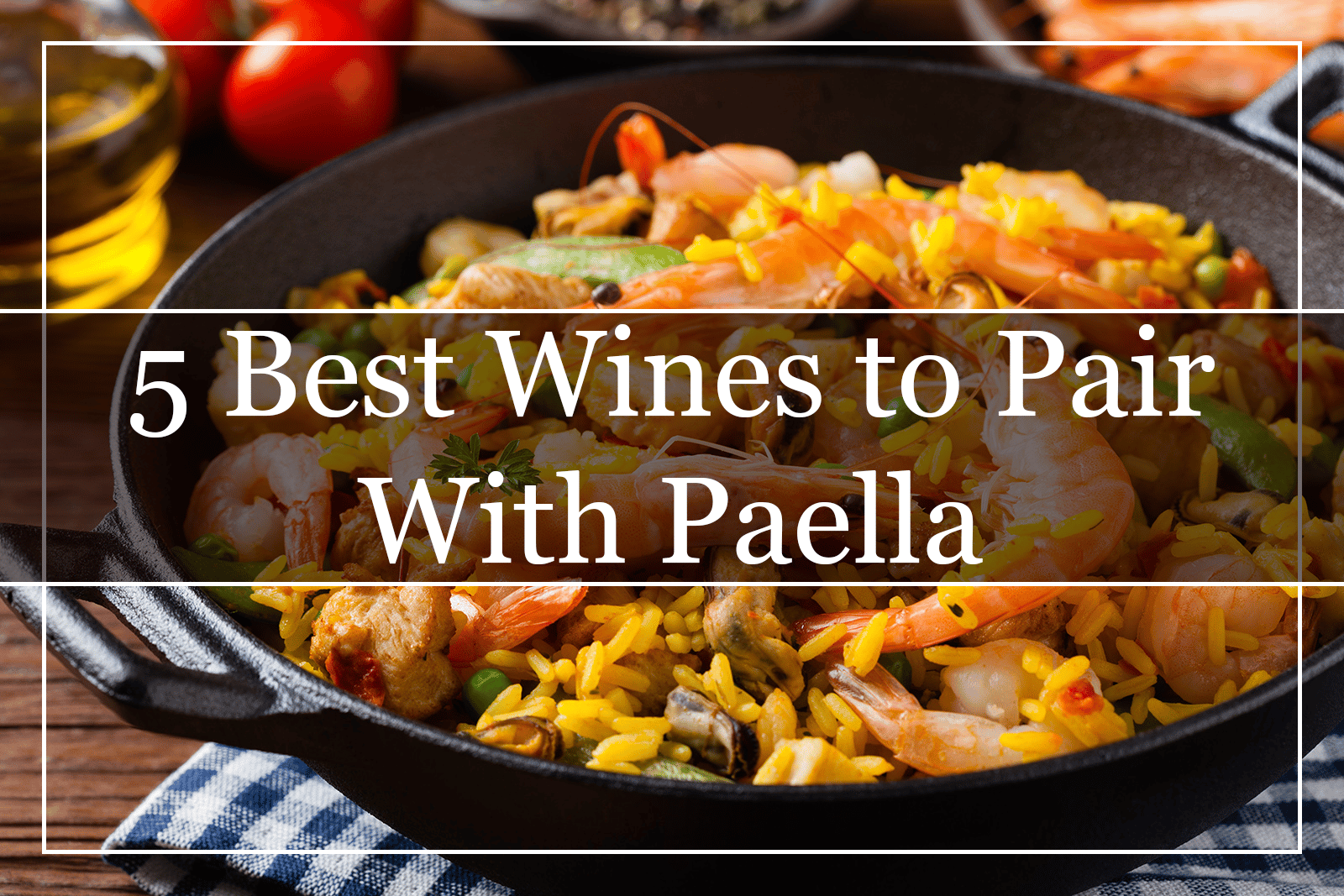A Rare but Delicious Treat
Swordfish used to be over-fished, but, fortunately, now, is considered a sustainable fish option once again. Now, most people are unaware of swordfish (Xiphias gladius). This seafood is characterized by the long, flat bills that resemble a sword protruding from their elongated snouts. As expected, swordfish use their swords to catch their prey. These migratory predators can weigh up to 1,000 pounds and are primarily found in the Atlantic, Indian, and Pacific oceans.
Swordfish are sold as steaks or fillets, and, in fact, thick swordfish steaks are perfect for pan-roasting and grilling. That said, be careful and avoid overcooking them, as the low-fat content means that they can turn dry. There are four main ways to cook swordfish:
- Pan-sear: Heat oil in a skillet over medium-high heat and place your swordfish steaks in to sear them until browned on both sides and almost cooked through (the meat should be firm as you press it), for 5-7 minutes per side.
- Pan-roast: Sear your swordfish in a cast-iron skillet until it is brown only on one side. Then, flip the fish and transfer it to a 400°F (200°C) oven to finish your cooking.
- Grill: Prepare your charcoal grill on the patio and marinate your swordfish (let it stay with the marinade for 15 minutes) or season with salt and pepper and glaze with olive oil. Grill your fish until it is brown on the outside but pink on the inside, about 5 minutes per side.
- Broil: First, heat your broiler and oil a broiling pan. After, add salt and pepper to your swordfish and broil it for about 6 minutes (do not flip).
You can serve your swordfish with a green salad dressed with a citrusy vinaigrette. Alternatively, you can top the fish with butter, gremolata, or white wine pan sauce. That said, before inviting your friends over for a swordfish meal, you have to find the ideal drink to accompany the clean flavor of this unique seafood.
What Wines Pair Well With Swordfish?
Swordfish wine pairing is slightly challenging, to be honest. The reason is that swordfish might be a white fish, but it has a more complex flavor than your typical haddock, cod, or halibut. Yet, there are numerous good wine pairings, and ultimately, how you prepare the fish determines which wines are most fitting for this particular seafood.
Swordfish do not have the fishy flavor found in other types of fish. On the contrary, it has the consistency of meaty fish, like tuna (hence you can buy it in steaks), with a distinct flavor profile, tasting slightly sweet.
A medium Chardonnay makes an incredible swordfish wine match, so, for this reason, it is commonly paired with the fish. Chardonnay’s dynamic flavor is on par with the fullness of flavor found in the swordfish. In fact, a Chardonnay, especially one from Chablis, draws out the best flavors from the fish, while, at the same time, the swordfish elevates the citrusy and peachy flavors of the wine.
Additionally, pairing swordfish with Viognier and Sauvignon Blanc is also recommended, as the aromatics qualities of the Viognier and the herbaceous character of the Sauvignon help swordfish reach its flavor potential. Bear in mind that there is no ground rule in wine pairing with swordfish, however. Everything depends on the characteristics of each bottling and how you end up cooking your fish. Instead of looking for the best red wine with swordfish, we will focus on white wines.
Best White Wines With Swordfish
Francis Ford Coppola Winery Director’s Cut Chardonnay

- Winery — Francis Ford Coppola Winery
- Country/Region — United States, California, North Coast, Sonoma County, Russian River Valley
- Type — Californian Chardonnay
- Aroma — Peach, Lime, Pineapple, Guava, Flint, Campfire, Honeysuckle
- Grapes — Chardonnay
- Taste — Quince, Passion Fruit, Meyer Lemon, Pear, Cardamom, Nutmeg, Vanilla
- Alcohol Content — 14.3%
- Sugar — Dry
- Pairing — Swordfish, Seafood, Sea Bass, Halibut, Roast Chicken, Casserole
Tasting Notes
This wine presents bright aromas of tropical fruit and citrus, accompanied by the welcoming notes of florals and minerals. Inside the mouth, the flavors of passion fruit, quince, and Meyer lemon are intense and offer delicious sensations.
Fragrances of peach, pineapple, lime, and guava blend together with nuances of campfire smoke, flint, and honeysuckle. The palate is juicy and has a core of nutmeg, vanilla spice, and cardamom, as well as Meyer lemon, passion fruit, and quince. As such, the texture is dense and slightly creamy. The bright acidity, however, stimulates the palate, offsetting the intense fruitiness. You will enjoy the toasty finish.
A Fun Adventure of Fine Vino and Great Food
Francis Coppola Winery reopened in 2010 as the last venture of Francis Ford Coppola, a passionate winemaker, and adventurer. The wine estate incorporates swimming pools, restaurants, and a wine tasting bar.
As Francis puts it, the winery is intended to be “a wine wonderland, a park of pleasure where people of all ages can enjoy all the best things in life – food, wine, music, dancing, games, swimming, and entertainment. A place to celebrate the love of life.”
Te Mata Estate Vineyards Sauvignon Blanc
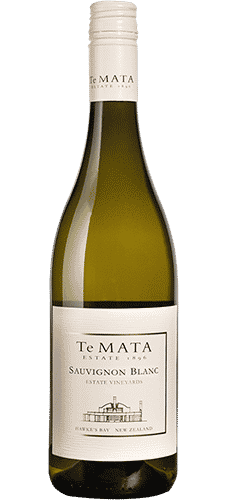
- Winery — Te Mata
- Country/Region — New Zealand, North Island, Hawke’s Bay
- Type — New Zealand Sauvignon Blanc
- Aroma — Orange Blossom, Passion Fruit, Guava, Gooseberry, Anise
- Grapes — Sauvignon Blanc
- Taste — Peach, Apricot, Pear, Lemongrass, Orange Curd, Pineapple, Grapefruit
- Alcohol Content — 13%
- Sugar — Dry
- Pairing — Swordfish, Haddock, Oysters, Asparagus Risotto, Fried Chicken, Burrata
Tasting Notes
The wine begins with a lime color and nuance of tropicals and green fruit, like pineapple, guavas, and apples. Botanical details define the palate, while the sharp acidity concludes in a lengthy finish. Fragrances of orange blossom join the exotic scents of passion fruit, guava, gooseberries, and anise.
In the mouth, the wine remains rich, offering tastes of complex botanicals, peach, apple, pear, and pineapple. Some suggestions of lemongrass and orange curd are discernible, too, making the flavors a bit brighter. The acidity is sharp to conclude the tasting profile. There is quite a lengthy aftertaste.
Winemaking Perfection for Over a Century
The Mata Estate Winery has a long history in wine production and vinification. It produces fantastic wines in diverse styles. The winery was established in 1892 and belonged to Te Mata Station, a rural landholding founded by an English migrant, John Chambers, back in 1854. For the most part, Te Mata crafts fine wines from Sauvignon Blanc, Syrah, Cabernet Sauvignon, Merlot, and Gamay, among others.
Gérard Bertrand Côte des Roses Blanc
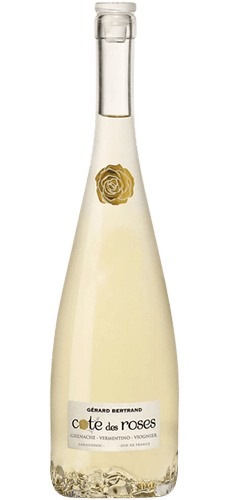
- Winery — Gérard Bertrand
- Country/Region — France, Languedoc-Roussillon, Languedoc
- Type — Languedoc-Roussillon White
- Aroma — Honeysuckle, Grapefruit, Meyer Lemon, Peach, Apricot, Pear, Pineapple, Thyme
- Grapes — Vermentino, Viognier, Grenache Blanc
- Taste — Guava, Apple, Passion Fruit, Candy, Almond, Hazelnut, Flint, Wet Stones
- Alcohol Content — 13%
- Sugar — Dry
- Pairing — Swordfish, Red Snapper, Mahi-mahi, Napolitana, Pesto, Rustic, Devon
Tasting Notes
Lovely yellow with golden highlights. This white wine is fresh and vibrant on the nose, showcasing aromas of citrus and stone fruit. The palate is fresh with notes of green fruit, tropicals, candy, and almonds. Uplifting minerality graces the medium finish. Lively and highly aromatic, the wine displays pronounced aromas of honeysuckle, grapefruit, Meyer lemon, peach, and apricot, alongside traces of pear, pineapple, and dried herbs.
The flavorsome mouth is bright and pure, packed with flavors of apple, guava, passion fruit, and candy. Tastes of almonds and hazelnuts emerge, too, on the palate, while an uplifting minerality of flint and wet stones drive into the medium but pleasant finish. The acidity is crispy and refreshing.
Celebrating the Mediterranean Lifestyle
Made in the Languedoc region, which extends from the Mediterranean coast to the Spanish border to the city of Nîmes, Côte des Roses expresses the Mediterranean lifestyle. The bottle represents roses as its base is in the shape of a rose. Now, Gérard Bertrand offers a diverse wine portfolio fully expressive of the South of France. He has received numerous accolades, proof of his wine-making passion.
Pullus Pinot Grigio Suho

- Winery — Pullus
- Country/Region — Slovenia, Podravje, Štajerska
- Type — Slovenian Pinot Grigio
- Aroma — Orange, Lemon, Grapefruit, Strawberry, Rose Petal, Jasmine, Honeysuckle
- Grapes — Pinot Grigio
- Taste — Clove, Smoke, Cherry, Raspberry, Peach, Palate, Wet Stones, Flint
- Alcohol Content — 13.15%
- Sugar — Dry
- Pairing — Swordfish, Chicken Piccata, Oysters, Tuna, Cod, Risotto, Light Pasta, Fruit Salad
Tasting Notes
Pure aromas of rose petals, jasmine, red berries, and citrus combine on the nose before continuing onto the palate. There, a balanced acidity takes over, refreshing the taste buds. The finish is medium and mineral-driven. An impressive Slovenian Pinot Grigio, opening with bright aromas of orange, lemon, grapefruit, and strawberry, as well as elegant scents of rose petals, jasmine, and honeysuckle.
Some muted perfumes of pear and honey are also discernible on the bouquet. In the mouth, the wine is fresh with a light touch of oak in the form of cloves and smoke. Dynamic flavors of cherry, raspberry, and peach define the palate, while the creaminess leads to a medium aftertaste of wet stones and flint.
A Jewel of the Slovenian (and European) Wine Scene
Pullus Pinot Grigio Suho is a product of the Pullus line, Ptujska Klet, the oldest winery in Slovenia. Its cellars date back to 1239 in an underground labyrinth beneath the city of Ptuj. The winery has some of the best vintages of the 20th Century. After Slovenia gained independence in 1991, the winery modernized.
Today, it produces premium single-varietal wines and blends from hand-harvested grapes cultivated in vineyards around Ptuj. The vines grow on gravel, clay, and marl soils, which help deliver some of the world’s most expressive wines.
Domaine Hervé Azo Chablis

- Winery — Domaine Hervé Azo
- Country/Region — France, Bourgogne, Chablis
- Type — Burgundy Chablis
- Aroma — Peach, Apricot, Apple, Lime, Crushed Stone, Sea Brine, Asparagus
- Grapes — Chardonnay
- Taste — Nectarine, Pineapple, Grapefruit, Meyer Lemon, Banana, Brioche Bread, Gooseberry
- Alcohol Content — 12.5%
- Sugar — Dry
- Pairing — Swordfish, Scallops, Halibut, Polenta, Chicken With A Cream Sauce, Napolitana, Gouda
Tasting Notes
The nose is elegant, as Domaine Hervé Azo Chablis displays an exotic character, mingled with green fruit and citrus aromas. In the mouth, there is concentration. Vibrant flavors progressively become powerful before finishing in a moderate saline-influenced aftertaste.
This white Burgundy displays perfumes of apple, pear, grapefruit, and pineapple up front, next to notes of lemon, flint, hazelnut, and honey. The mid-palate is defined by flavors of guava, passion fruit, and nectarine. At the same time, notes of grass, hay, and vanilla spice, mingled with thyme, mango, and yeast, conclude the tasting profile with a medium, saline-driven aftertaste. The brisk acidity invigorates.
Crafting Premier Cru Chablis
Domaine Hervé Azo was founded in the early 1970s by Hervé Azo. However, in 2004 he transferred the winery to Jean-Marc Brocard, who came from a family with a dynamic viticultural heritage in Chablis. In 2006, the premier cru vineyards adopted organic farming, in an effort to keep yields low and maximize flavor concentration.
On top of this, the winery uses only native yeasts, with the grapes being crushed by the pneumatic press and aged in stainless steel vats to preserve the mineral qualities of Chablis. Occasionally, the wines are left to mature in the bottle for about two years before being sold commercially.
Conclusion
Swordfish are delicate seafood and quite rare. So, if you happen to find swordfish steaks, do not pass them by. Instead, have a go and prepare them in any way you fancy. Although we, wine pros, tend to prefer our swordfish grilled on a hot charcoal stove. Whatever cooking you choose, pick your personal best white wine with swordfish!

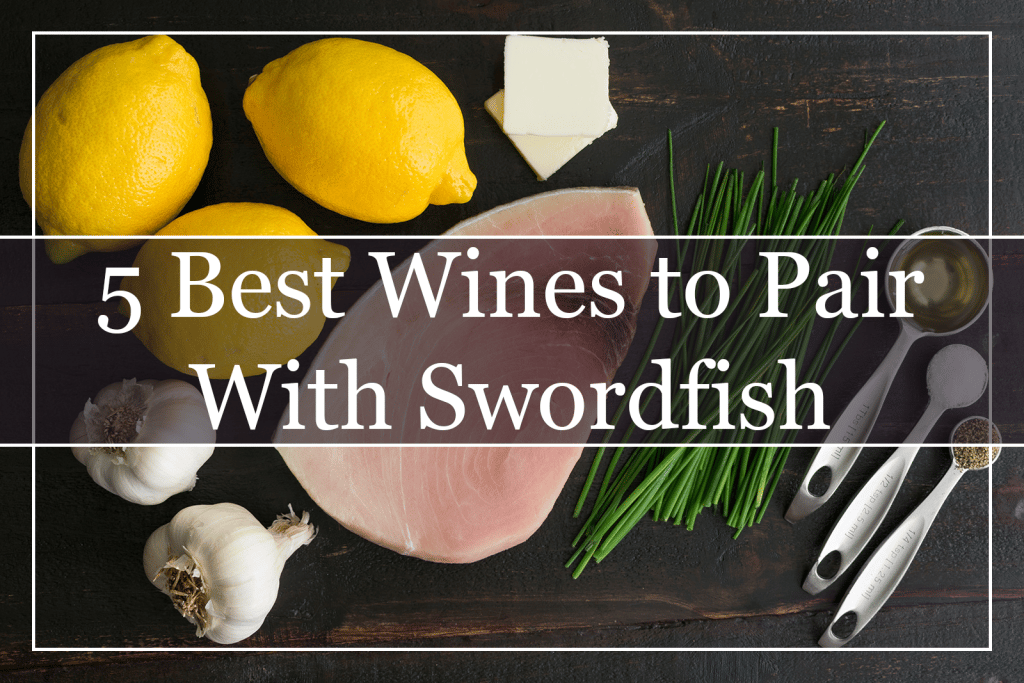
 (4.7 / 5)
(4.7 / 5)  (4.6 / 5)
(4.6 / 5)  (4.5 / 5)
(4.5 / 5) 